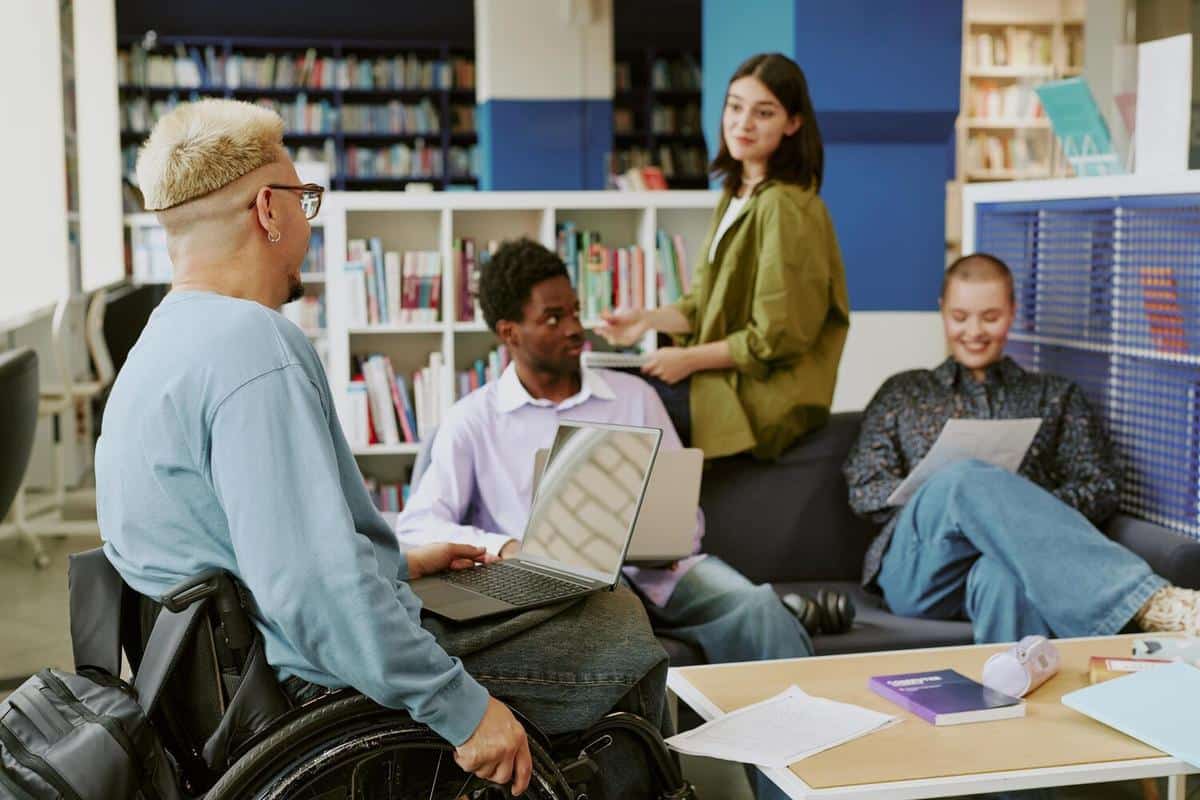
Innovative Learning Models for Diverse Learners
Education is evolving to meet the needs of a diverse student population, and innovative learning models are at the forefront of this transformation.
In the realm of inclusive education, embracing innovative learning models is crucial for catering to diverse learners. These models not only address varying learning styles but also ensure that every student has the opportunity to succeed. Let’s dive into some of these groundbreaking approaches and how they can be effectively implemented.
Understanding Diverse Learning Needs
The diversity among learners is vast, encompassing differences in abilities, cultures, and learning styles. According to a study by the American Educational Research Association, personalized learning environments can significantly enhance student outcomes by tailoring educational experiences to individual needs.
Expert Insights
Dr. Emily Carter, an educational psychologist, emphasizes, “Innovative learning models are not just about technology; they’re about creating environments where every student feels valued and engaged.”
Exploring Innovative Learning Models
1. Blended Learning
Blended learning combines traditional classroom methods with online educational materials, offering students a more flexible learning experience. This model allows students to learn at their own pace while still receiving guidance from educators.
2. Project-Based Learning (PBL)
PBL encourages students to engage in real-world challenges, promoting critical thinking and problem-solving skills. For instance, students might work on a community project that involves researching local history and presenting their findings.
3. Flipped Classroom
In a flipped classroom, students review lecture materials at home and engage in interactive activities in class. This approach has shown to increase student engagement and understanding, as reported by the Journal of Educational Technology & Society.
Actionable Tips for Educators
- Identify and understand the diverse needs of your students.
- Incorporate technology tools that enhance learning experiences.
- Foster an inclusive classroom environment that celebrates diversity.
Comparison of Learning Models
| Model | Key Feature | Benefits | Challenges |
|---|---|---|---|
| Blended Learning | Combination of online and in-person learning | Flexible pacing | Requires technology access |
| Project-Based Learning | Real-world problem solving | Enhances critical thinking | Time-intensive |
| Flipped Classroom | Pre-class lectures, in-class activities | Increased engagement | Preparation outside of class |
Conclusion
Innovative learning models are paving the way for a more inclusive and effective educational landscape. By understanding and implementing these approaches, educators can create environments that support diverse learners in achieving their full potential.
FAQs
What is an innovative learning model?
Innovative learning models are educational approaches designed to meet the diverse needs of learners through methods that often incorporate technology and real-world applications.
How can teachers implement these models?
Teachers can start by assessing their students’ needs, incorporating technology, and designing lessons that promote active learning and engagement.
Are these models effective for all students?
While these models can benefit many students, effectiveness may vary. It’s important to tailor approaches to fit individual learner needs and contexts.


